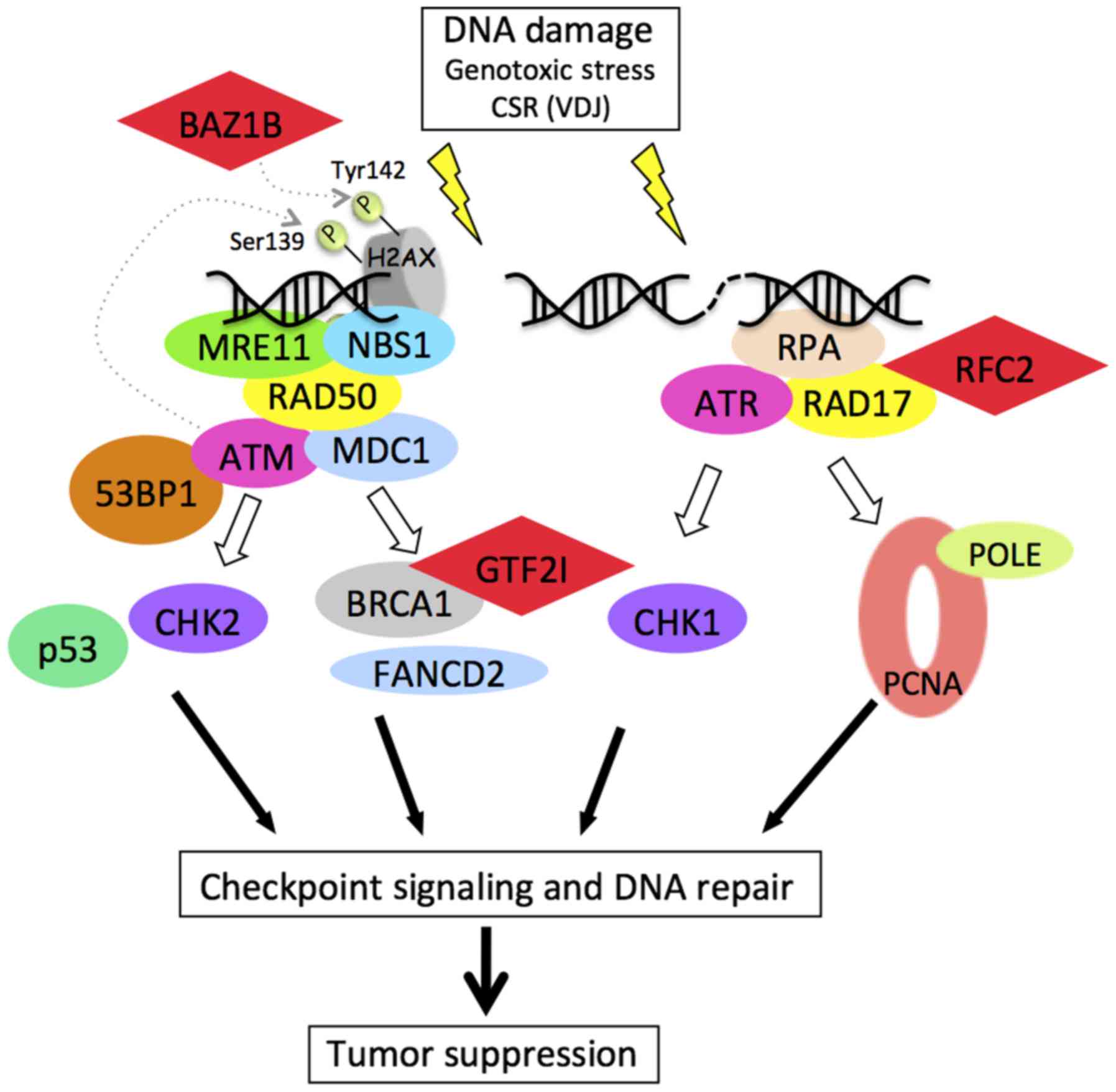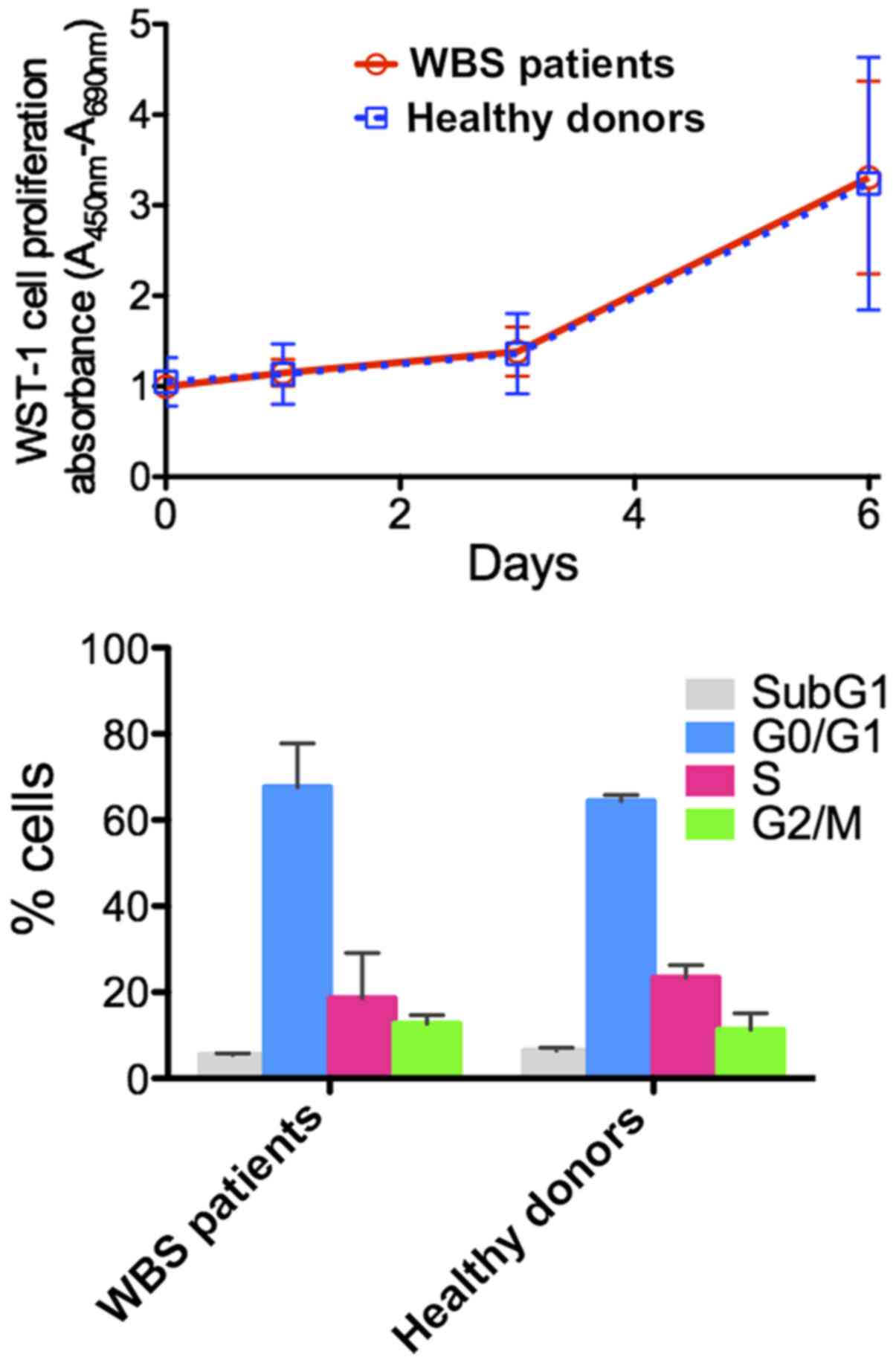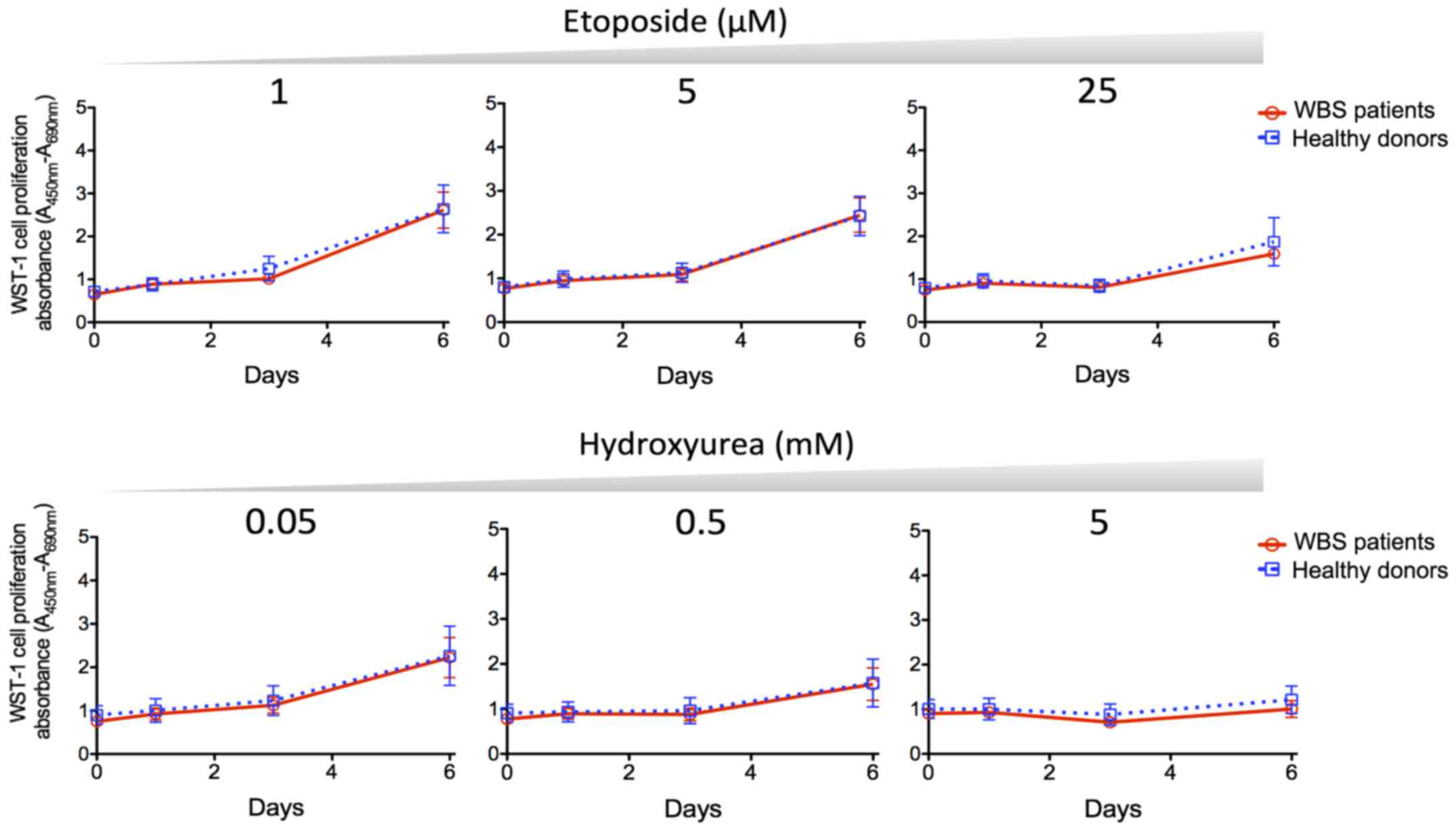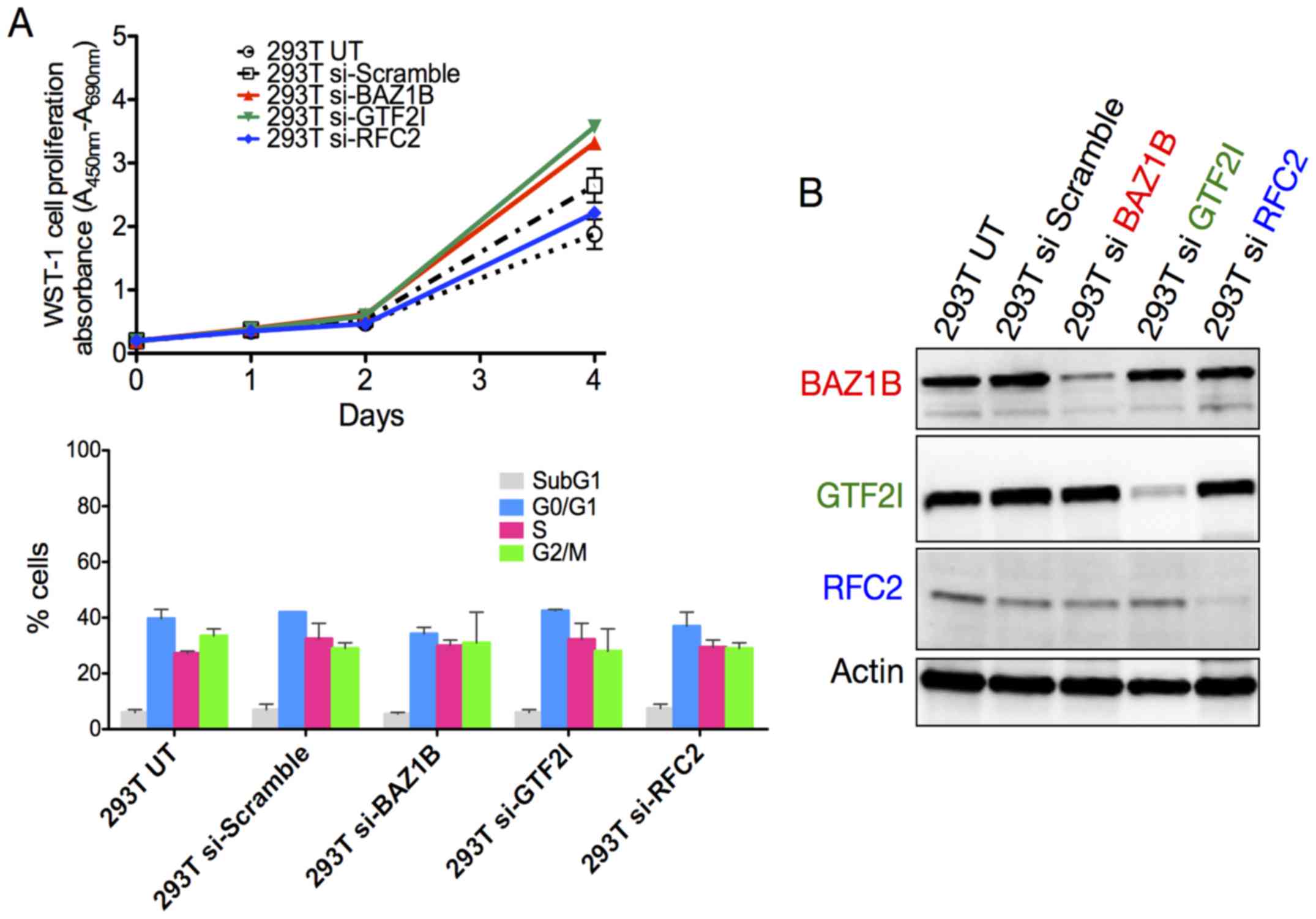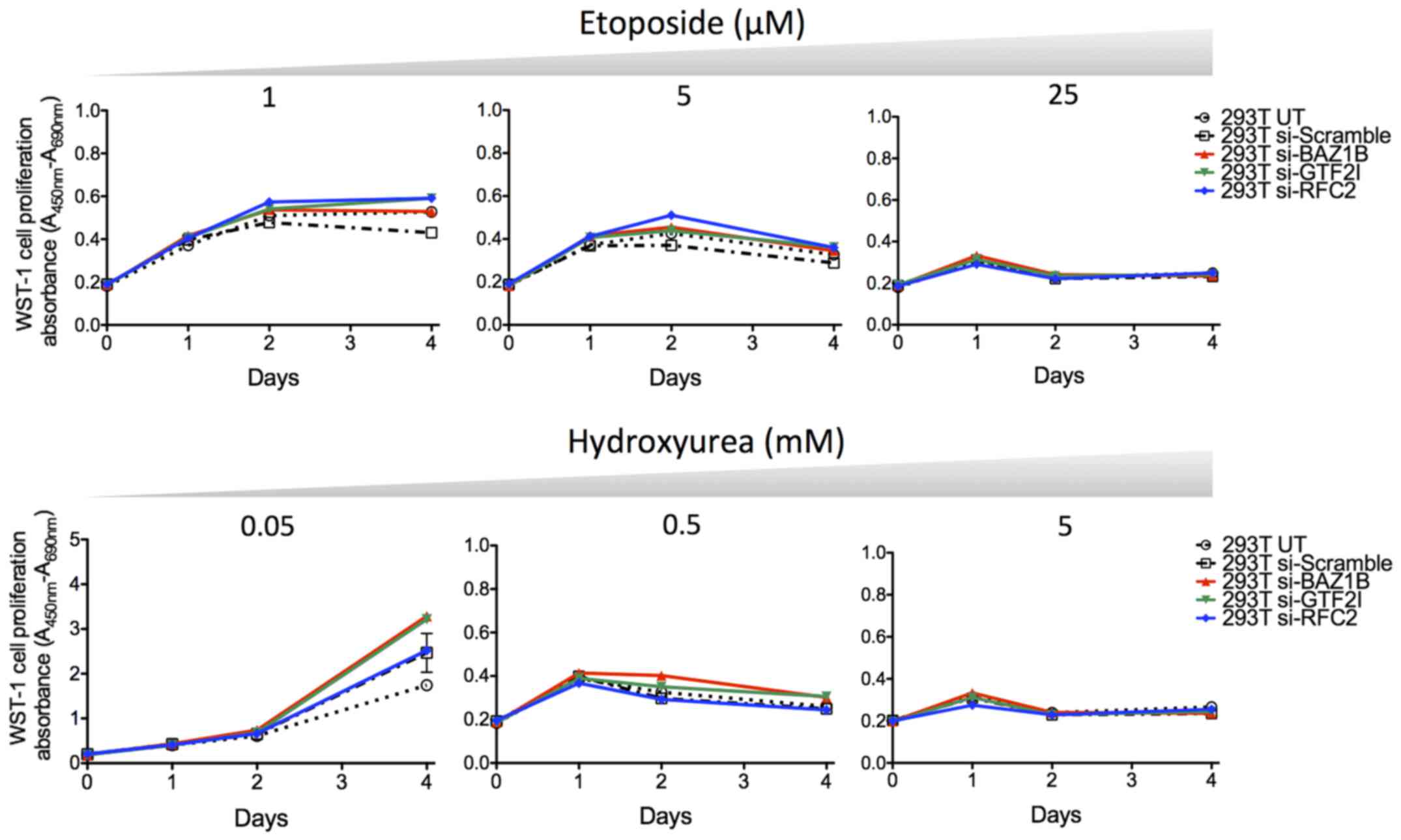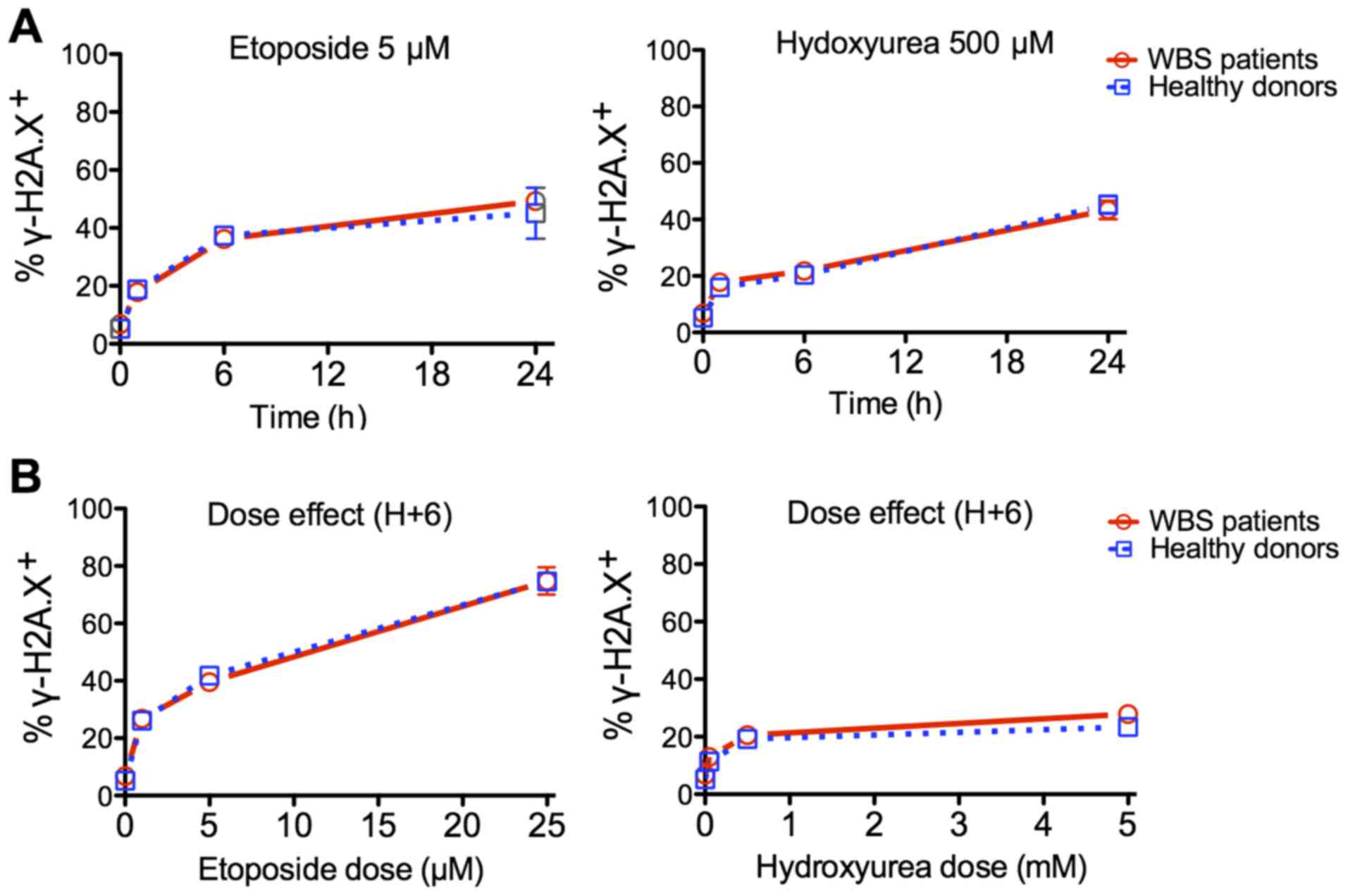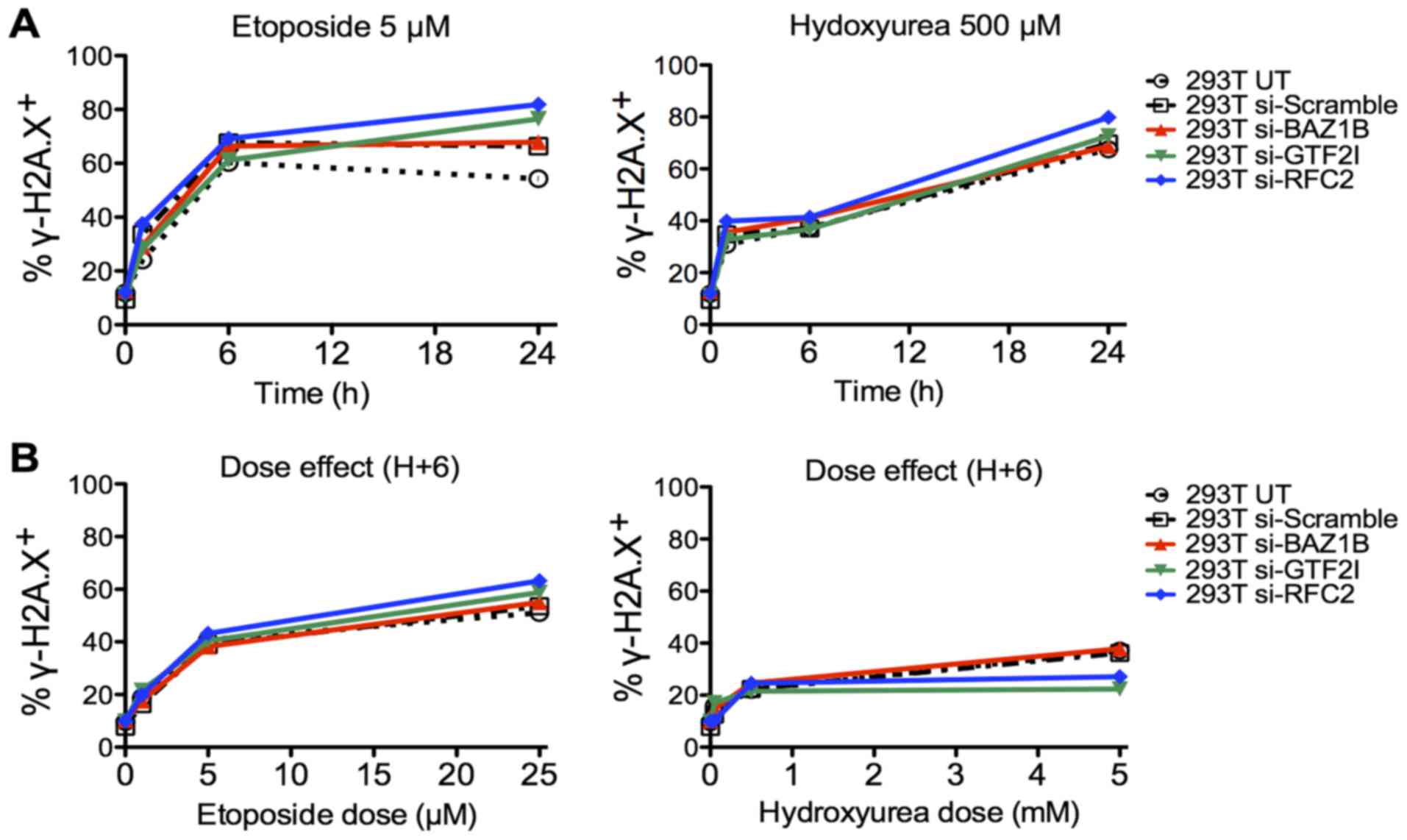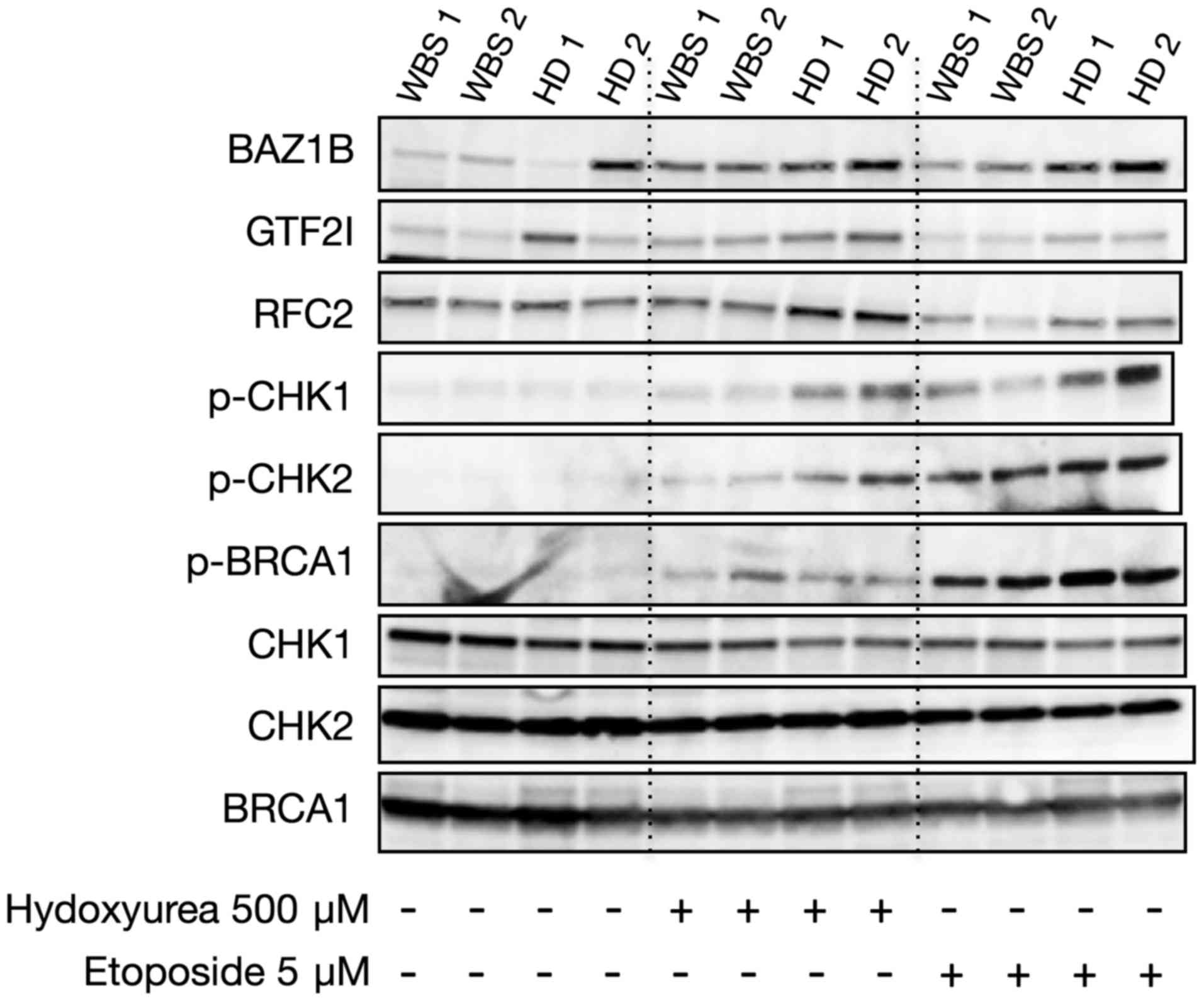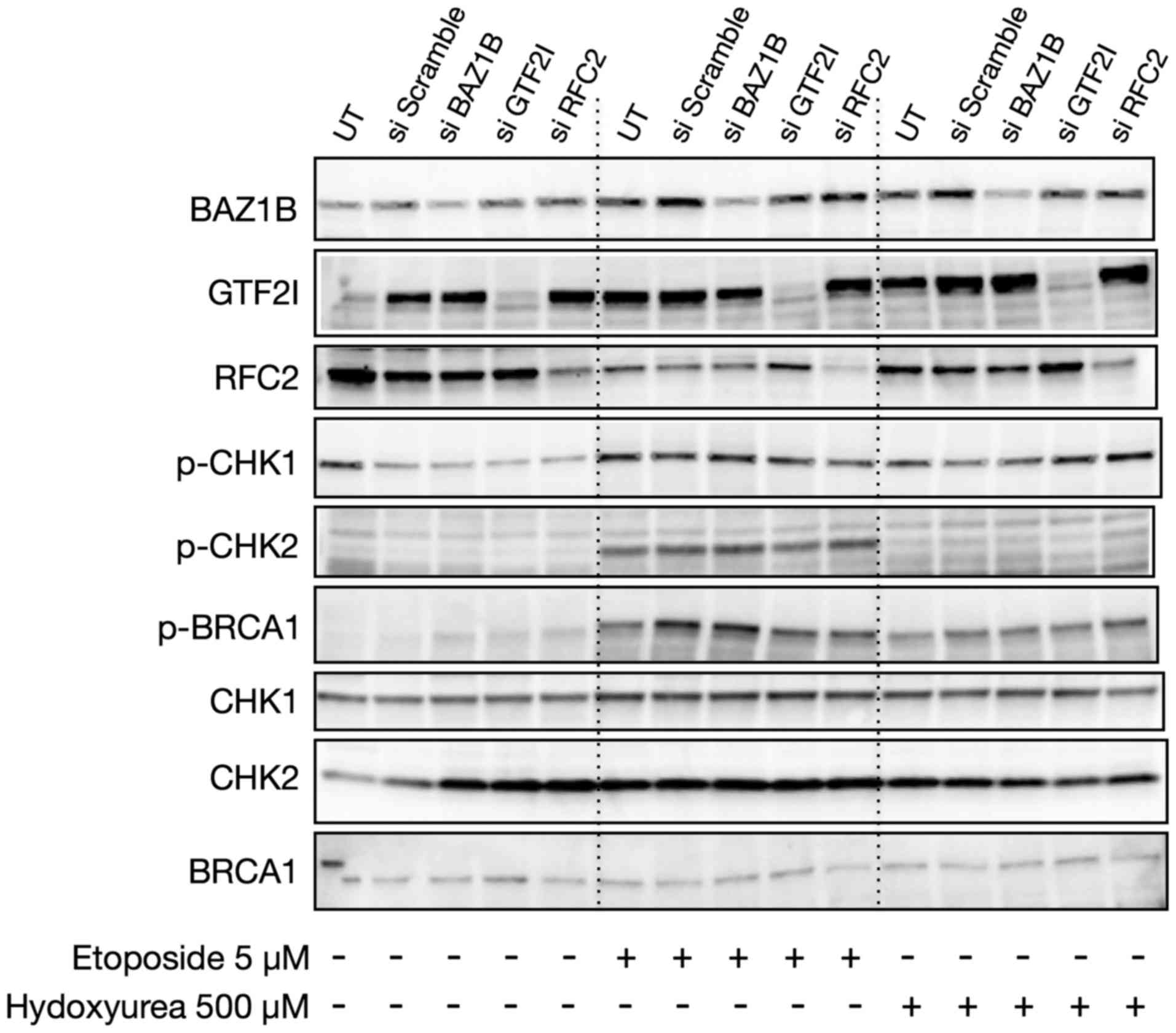|
1
|
Pober BR: Williams-Beuren syndrome. N Engl
J Med. 362:239–252. 2010. View Article : Google Scholar : PubMed/NCBI
|
|
2
|
Guenat D, Quentin S, Rizzari C, Lundin C,
Coliva T, Edery P, Fryssira H, Bermont L, Ferrand C, Soulier J, et
al: Constitutional and somatic deletions of the Williams-Beuren
syndrome critical region in non-Hodgkin lymphoma. J Hematol Oncol.
7:822014. View Article : Google Scholar : PubMed/NCBI
|
|
3
|
Guenat D, Rizzari C, Lundin C, Borg C,
Soulier J and Rohrlich PS: Predisposition to Burkitt lymphoma in
Williams-Beuren syndrome. Blood. 124:21822014.
|
|
4
|
Chrzanowska KH, Gregorek H,
Dembowska-Bagińska B, Kalina MA and Digweed M: Nijmegen breakage
syndrome (NBS). Orphanet J Rare Dis. 7:132012. View Article : Google Scholar : PubMed/NCBI
|
|
5
|
Arora H, Chacon AH, Choudhary S, McLeod
MP, Meshkov L, Nouri K and Izakovic J: Bloom syndrome. Int J
Dermatol. 53:798–802. 2014. View Article : Google Scholar : PubMed/NCBI
|
|
6
|
Suarez F, Mahlaoui N, Canioni D,
Andriamanga C, Dubois d'Enghien C, Brousse N, Jais JP, Fischer A,
Hermine O and Stoppa-Lyonnet D: Incidence, presentation, and
prognosis of malignancies in ataxia-telangiectasia: A report from
the French National Registry of Primary Immune Deficiencies. J Clin
Oncol. 33:202–208. 2015. View Article : Google Scholar
|
|
7
|
Attarbaschi A, Carraro E, Abla O,
Barzilai-Birenboim S, Bomken S, Brugieres L, Bubanska E, Burkhardt
B, Chiang AK, Csoka M, et al: Non-Hodgkin's lymphoma and
pre-existing conditions: spectrum, clinical characteristics and
outcome in 213 children and adolescents. Haematologica. Aug
11–2016.Epub ahead of print. View Article : Google Scholar
|
|
8
|
Noskov VN, Araki H and Sugino A: The RFC2
gene, encoding the third-largest subunit of the replication factor
C complex, is required for an S-phase checkpoint in Saccharomyces
cerevisiae. Mol Cell Biol. 18:4914–4923. 1998. View Article : Google Scholar : PubMed/NCBI
|
|
9
|
Desgranges ZP, Ahn J, Lazebnik MB,
Ashworth T, Lee C, Pestell RC, Rosenberg N, Prives C and Roy AL:
Inhibition of TFII-I-dependent cell cycle regulation by 53. Mol
Cell Biol. 25:10940–10952. 2005. View Article : Google Scholar : PubMed/NCBI
|
|
10
|
Tanikawa M, Wada-Hiraike O, Nakagawa S,
Shirane A, Hiraike H, Koyama S, Miyamoto Y, Sone K, Tsuruga T,
Nagasaka K, et al: Multifunctional transcription factor TFII-I is
an activator of BRCA1 function. Br J Cancer. 104:1349–1355. 2011.
View Article : Google Scholar : PubMed/NCBI
|
|
11
|
Fattah FJ, Hara K, Fattah KR, Yang C, Wu
N, Warrington R, Chen DJ, Zhou P, Boothman DA and Yu H: The
transcription factor TFII-I promotes DNA translesion synthesis and
genomic stability. PLoS Genet. 10:e10044192014. View Article : Google Scholar : PubMed/NCBI
|
|
12
|
Poot RA, Bozhenok L, van denBerg DLC,
Steffensen S, Ferreira F, Grimaldi M, Gilbert N, Ferreira J and
Varga-Weisz PD: The Williams syndrome transcription factor
interacts with PCNA to target chromatin remodelling by ISWI to
replication foci. Nat Cell Biol. 6:1236–1244. 2004. View Article : Google Scholar : PubMed/NCBI
|
|
13
|
Kitagawa H, Fujiki R, Yoshimura K, Oya H
and Kato S: Williams syndrome is an epigenome-regulator disease.
Endocr J. 58:77–85. 2011. View Article : Google Scholar : PubMed/NCBI
|
|
14
|
Xiao A, Li H, Shechter D, Ahn SH, Fabrizio
LA, Erdjument- Bromage H, Ishibe-Murakami S, Wang B, Tempst P,
Hofmann K, et al: WSTF regulates the H2A.X DNA damage response via
a novel tyrosine kinase activity. Nature. 457:57–62. 2009.
View Article : Google Scholar
|
|
15
|
Singh N, Basnet H, Wiltshire TD, Mohammad
DH, Thompson JR, Héroux A, Botuyan MV, Yaffe MB, Couch FJ,
Rosenfeld MG, et al: Dual recognition of phosphoserine and
phosphotyrosine in histone variant H2A.X by DNA damage response
protein MCPH1. Proc Natl Acad Sci USA. 109:14381–14386. 2012.
View Article : Google Scholar : PubMed/NCBI
|
|
16
|
O'Driscoll M, Dobyns WB, van Hagen JM and
Jeggo PA: Cellular and clinical impact of haploinsufficiency for
genes involved in ATR signaling. Am J Hum Genet. 81:77–86. 2007.
View Article : Google Scholar : PubMed/NCBI
|
|
17
|
Savina NV, Smal MP, Kuzhir TD, Egorova TM,
Khurs OM, Polityko AD and Goncharova RI: Chromosomal instability at
the 7q11.23 region impacts on DNA-damage response in lymphocytes
from Williams-Beuren syndrome patients. Mutat Res. 724:46–51. 2011.
View Article : Google Scholar : PubMed/NCBI
|



